8 dogs with low prey drive
These low prey drive dogs are all less likely to give chase
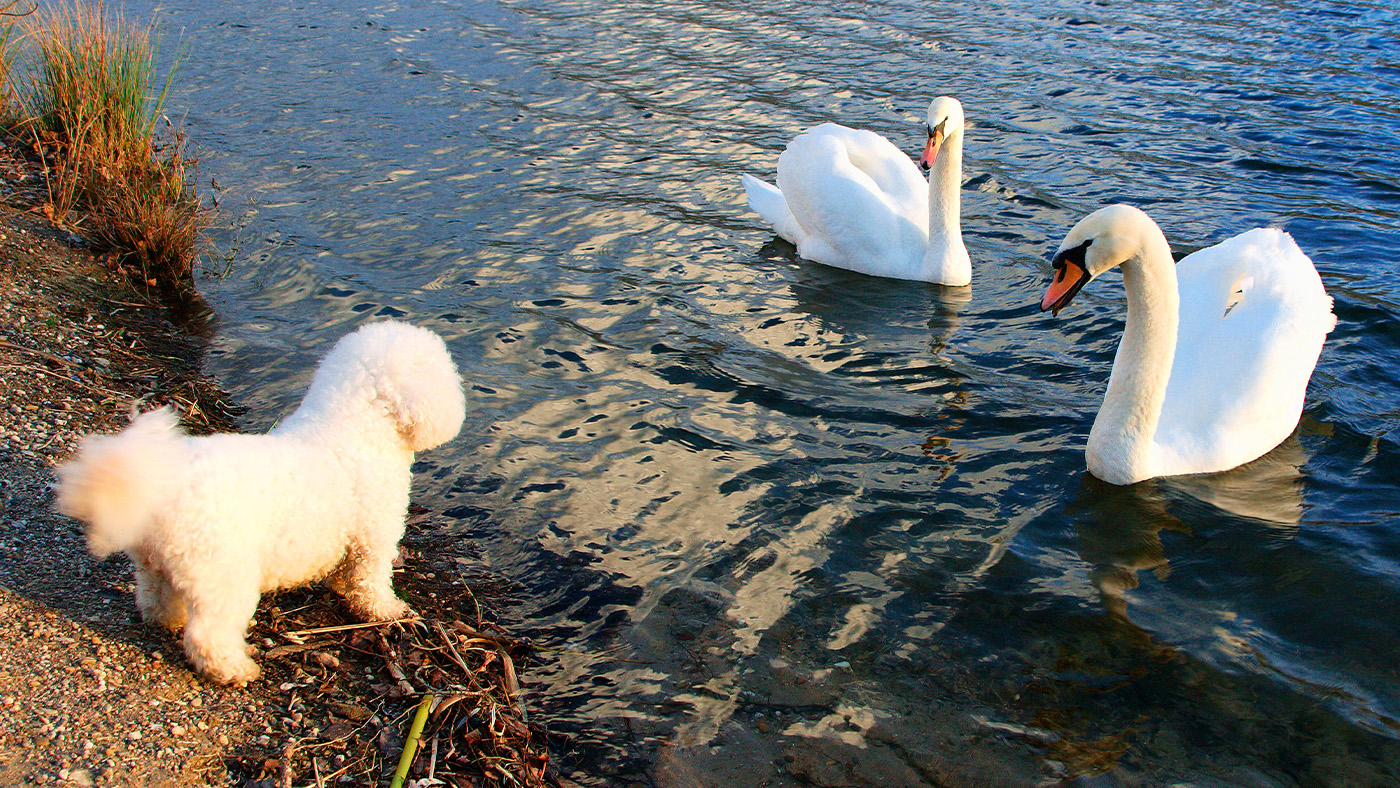
If you’re thinking about bringing home a dog to your family, your decision may be influenced by their prey drive. Prey drive essentially refers to a dog's instinctual urge to chase down prey, usually small animals. While dog breeds with high prey drive can make wonderful pets, and can be trained, for obvious reasons they aren’t always a good fit in certain home circumstances.
Homes with young children, other small animals or inexperienced owners may benefit from bringing home a dog with lower prey drive for many reasons. For expert insight on this topic, we spoke with Dr Rebecca MacMillan, a qualified vet with more than 15 years of experience.
Benefits of dogs with low prey drive
Calmer
If you’re looking for a calm dog breed who's going to be a laid-back member of the family – once puppyhood is out of the way – then a low prey drive breed will suit you best.
“Low prey drive dogs are less likely to chase after small animals and tend to be more even-tempered with other dogs. This reduces the risk that the dog will run off or become involved in an accident,” says Dr MacMillan.
Trainable
If you find the idea of training your new best friend daunting, stick with a low prey breed for a less intimidating start.
Get the best advice, tips and top tech for your beloved Pets
“Training is generally easier with low prey drive breeds, as they tend to be more focused on their owners than any squirrels or birds in the vicinity! This means they are a good choice of dog for less experienced owners,” says Dr MacMillan.
Adaptable
Looking for a dog who can adapt to your lifestyle? A low prey drive breed could be your answer.
“They are very adaptable dogs and will be happy with life in the city or the countryside,” says MacMillan.
Disadvantages of dogs with low prey drive
Less exciting
“The disadvantage of all of this is that some owners find them a little dull. Some of these dogs can be laid back to the point of being horizontal. They are often less interested in chasing toys and might be more food-motivated than high prey drive breeds,” says Dr MacMillan.
Dogs with low prey drive
1. Cavalier King Charles Spaniel
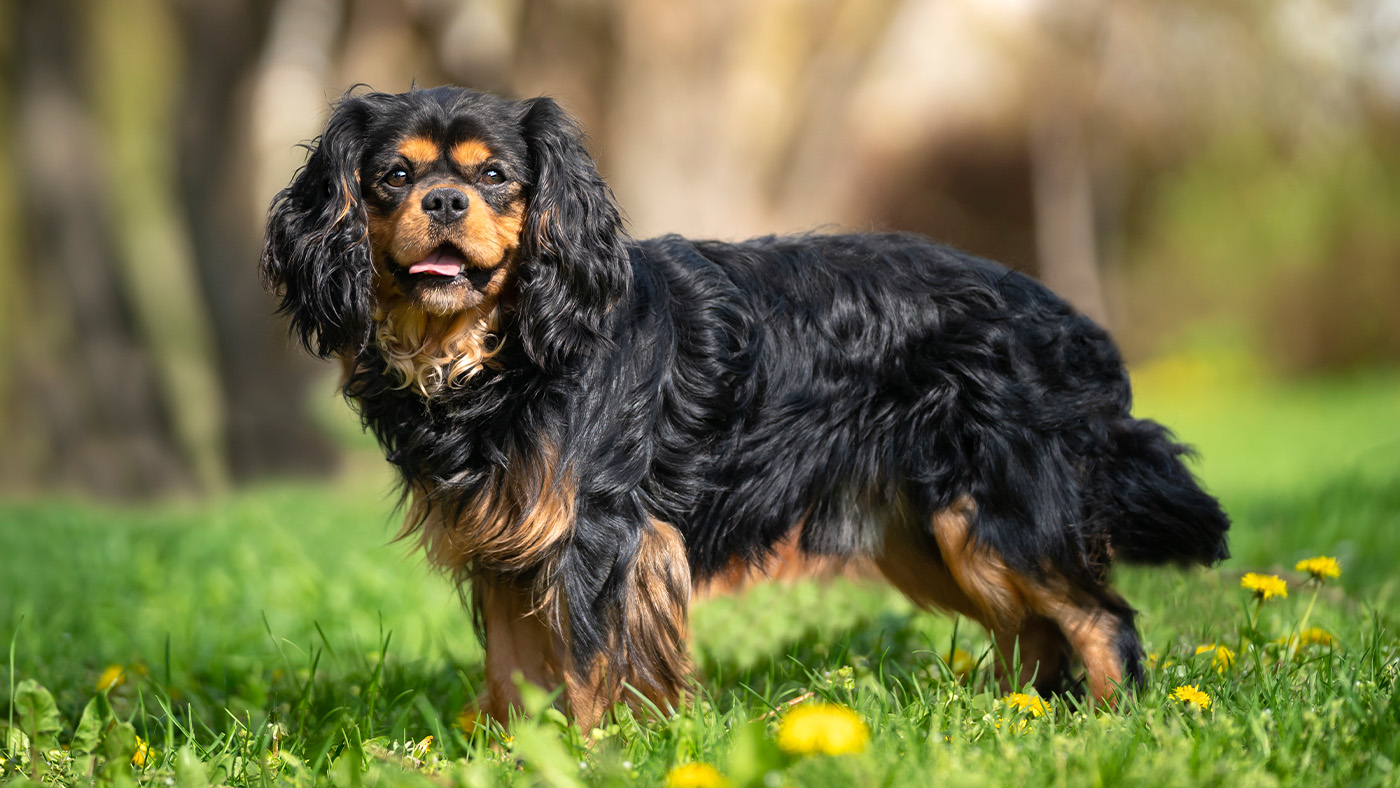
Wearing their history in their name, this regal toy breed is sweet, gentle and highly adaptable. And with their big round eyes and silky coat, the Cavalier King Charles Spaniel is a handsome dog to boot.
But this aristocrat can be fun too, is great with children and can adapt well to various lifestyles. Whether you're an active family or prefer to chill at home, the Cavalier King Charles is just happy to be with you. A breed for companionship rather than hunting, the Cavalier King Charles is at his or her best when with their nearest and dearest.
2. Maltese
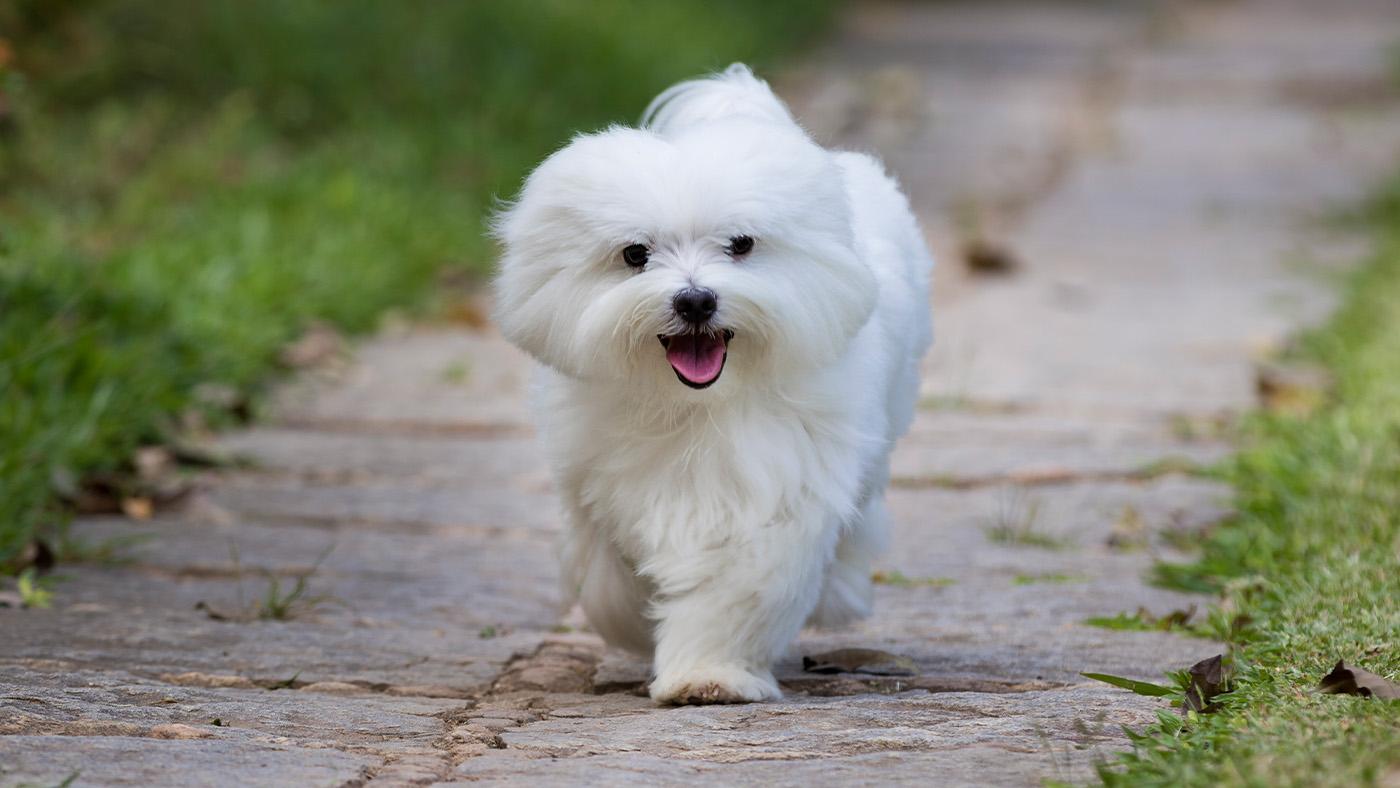
While the exact origins are debated, the original Maltese is an ancient breed dating back at least some 2,000 years. Renowned for their snow white, floor length coat these toy dogs have a lot of love to give.
Beneath their luscious locks, you'll actually find a robust little body boasting a smooth gait, making them keen little athletes given half a chance. But high prey drive dogs they are not, and while they can be a little stubborn, they're easy enough to train with rewards-based methods. They're also a low-shedding breed, making them the perfect companion for house proud dog lovers.
3. Bichon frise
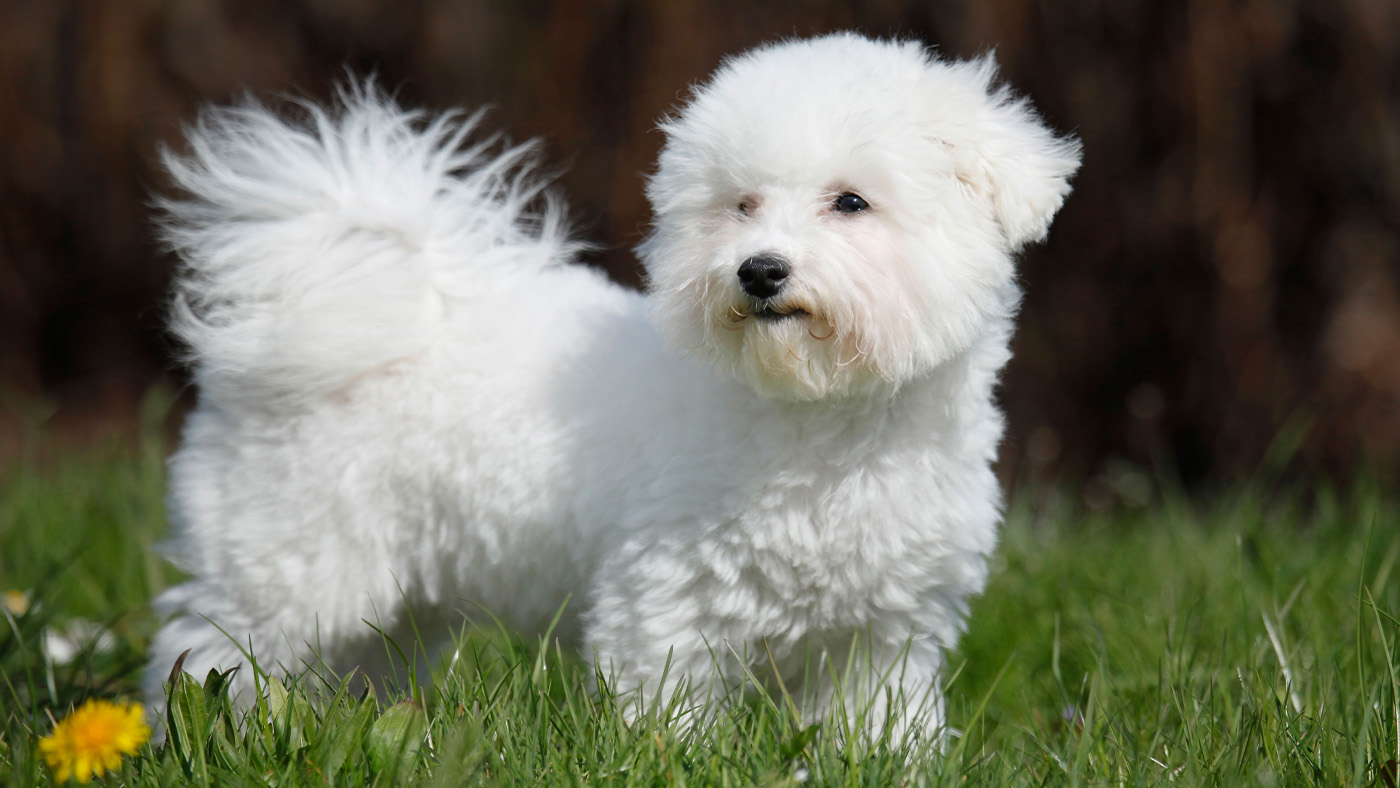
A bichon frise might be low prey drive but nobody could accuse them of being boring. Sure they look sweet, but they are whip smart, endlessly curious and natural comedians. A true personality dog, a bichon frise is a great option for someone looking for a low prey drive breed with plenty of character.
The white, low-shedding coat is also appealing, and their affection for other dogs and children make them an appealing breed for families. Simple enough to train and with a sunny disposition, the bichon is a happy chappy that's a delight to own.
4. Great Pyrenees
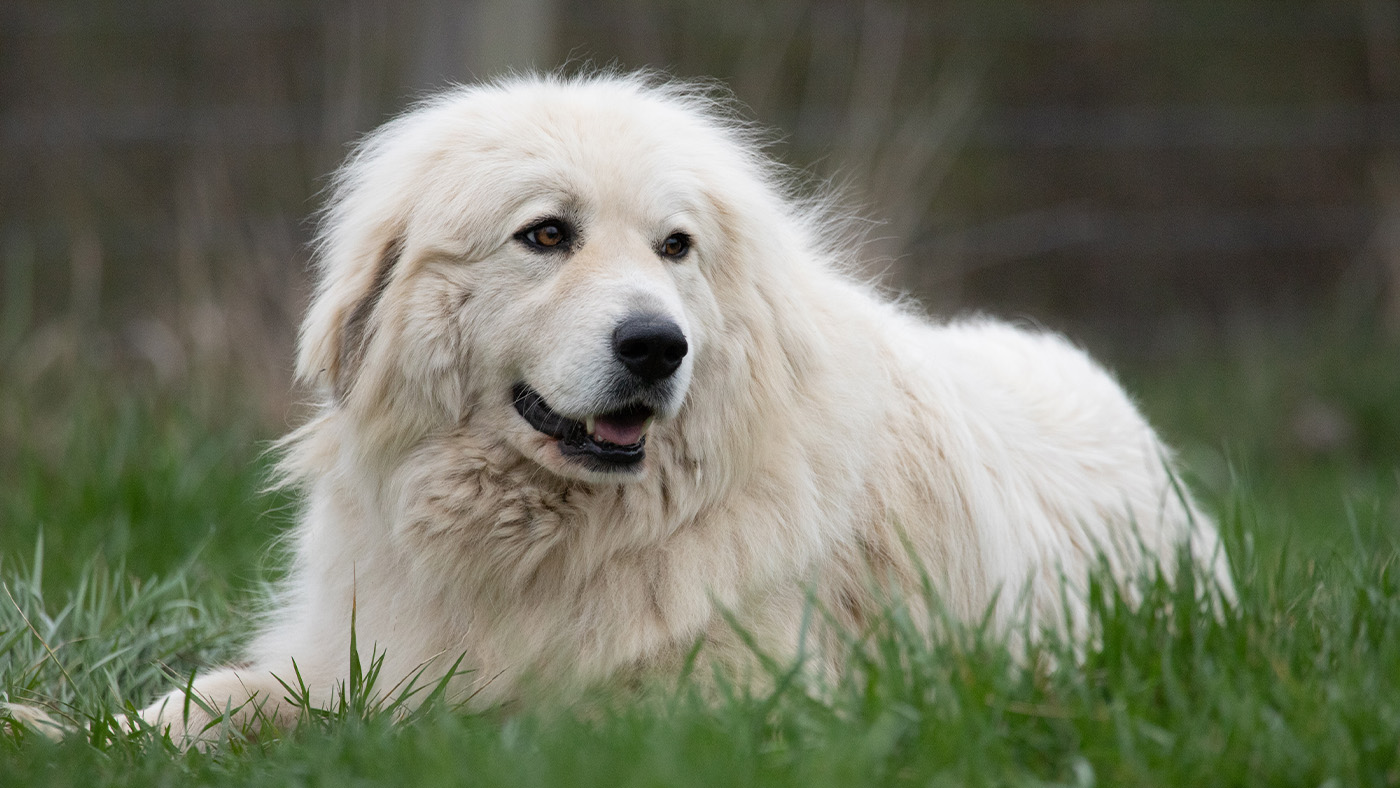
A surprising inclusion perhaps, given that the Great Pyrenees was bred to protect their territory and livestock within it. However they were bred to do so without unnecessary chasing and aggression, meaning they are typically peaceful around smaller animals and young children.
So if you're looking for a low prey drive breed that's big and powerful, a Great Pyrenees could be your answer. Often lauded as majestic, these strong mountain dogs can weigh more than 100 pounds! In spite of their size, they exude a peaceful ambience and are a joy to have around.
With their mellow temperament, gentle nature and fluffy stature, the Great Pyrenees is a fantastic and unexpected low prey drive breed.
5. Papillon
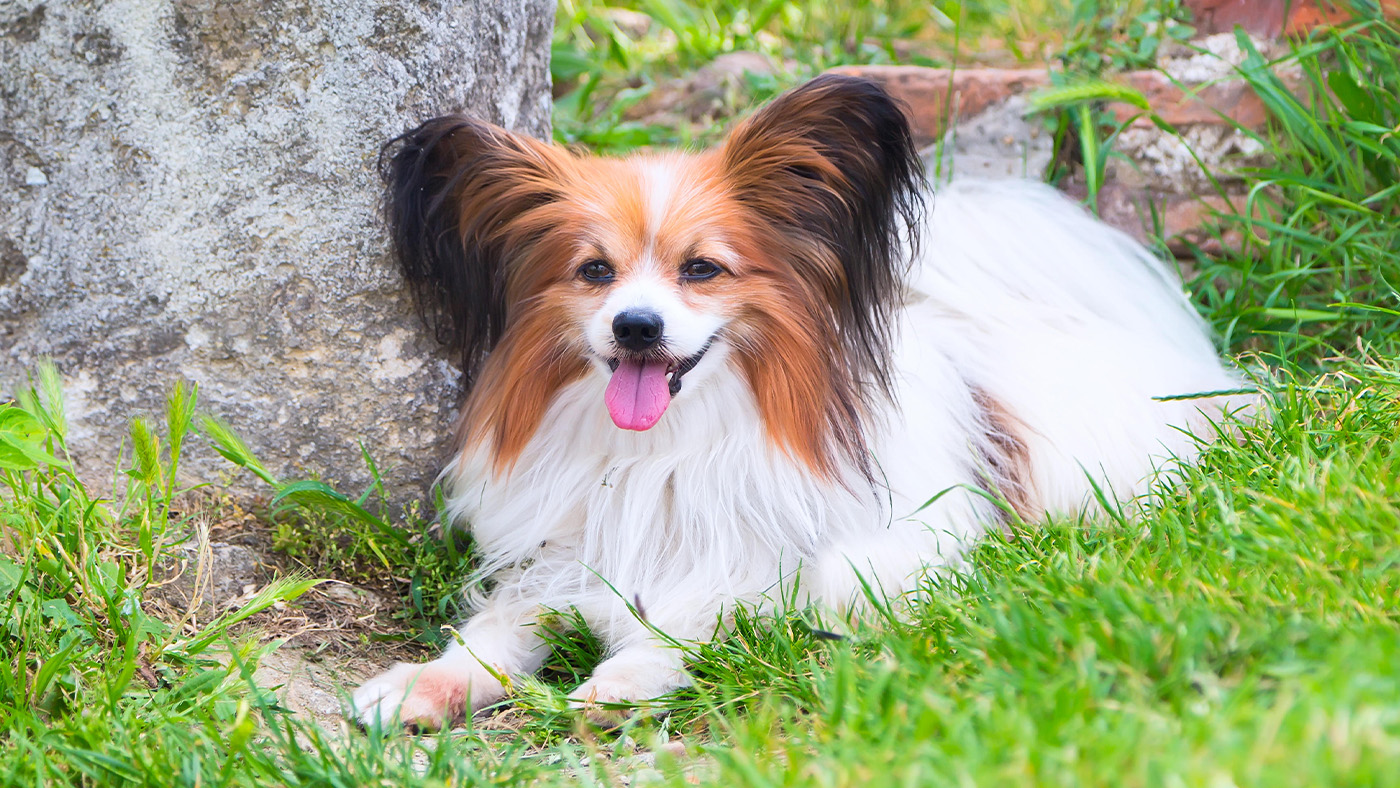
Though the papillon may be small, they are mighty and keen mini agility dogs winning at the sports highest levels. Even if agility is not a path you'll walk, they are a boon to teach new party tricks too.
This robust little dog is characterised by their trademark butterfly shaped ears, giving them a sweet look. Yet their hardy nature and love of activity means these pups are more fun to have around than first impressions might lend. They're also highly adaptable, happy to live in warm or cool climates, as well as town or country. In short, they're friendly, fun and endlessly sunny.
6. Pomeranian
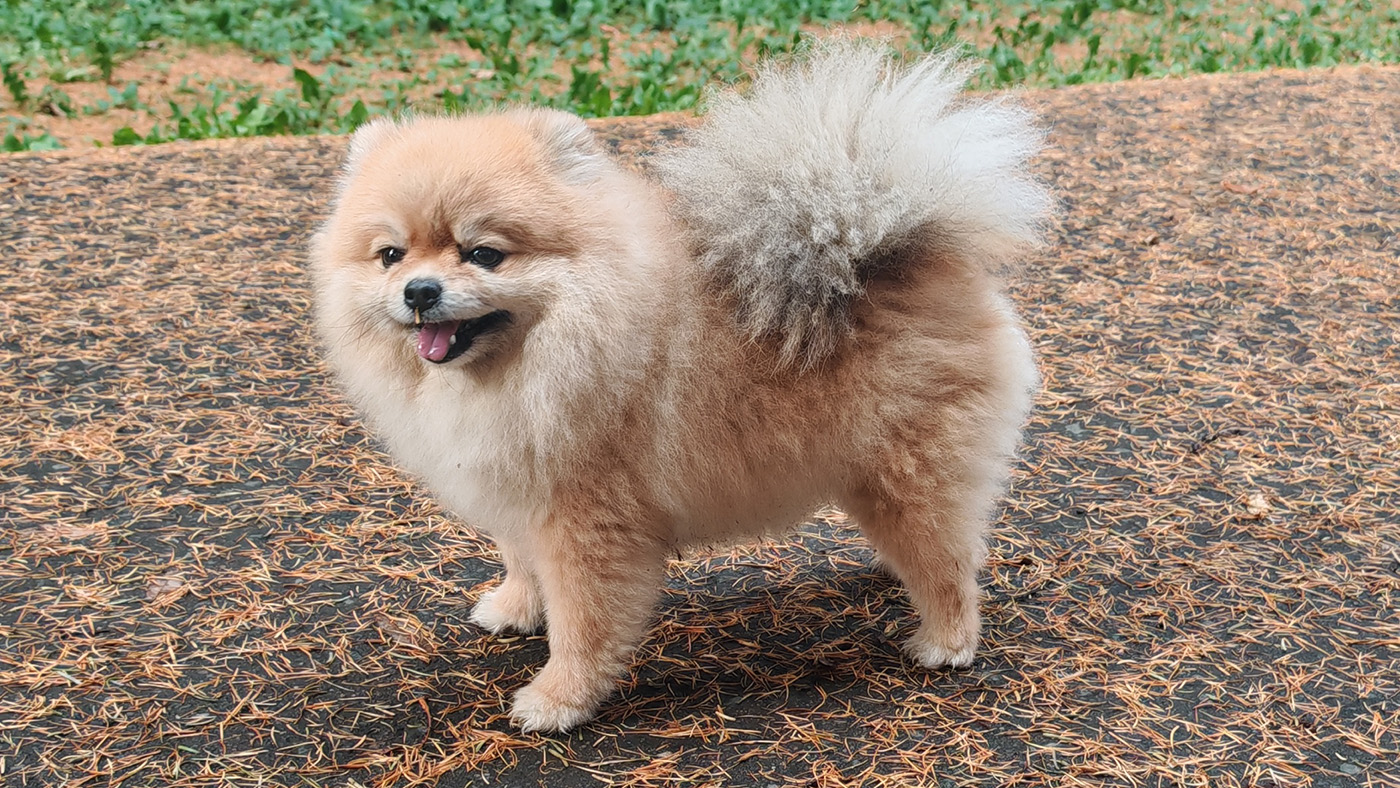
Fiesty, friendly and fluffy, the Pomeranian has been popular among royalty. Tiny in size – weighing no more than seven pounds – this small dog breed isn't short of personality! They are alert and intelligent, making them a joy to train. And while they are active, they are happy with short brisk walks making them well suited to a range of environments.
And with their low prey drive, they make an one of the best family dogs. They love nothing more than hanging out with their favourite people, and will happily play games and learn tricks. Their gorgeous coat does require regular grooming and some note they do enjoy the sound of their own voice.
7. Saint Bernard
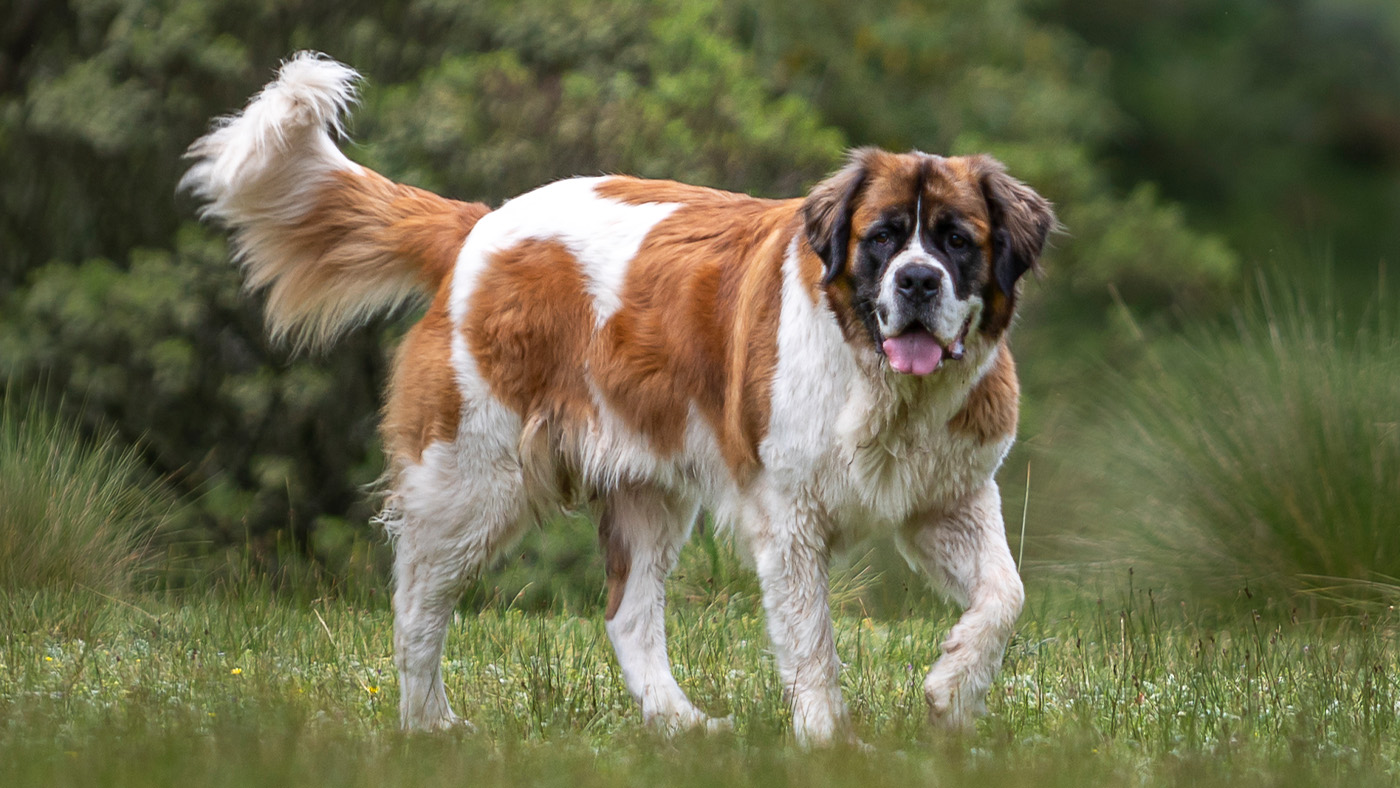
Another big dog option for those looking for a powerful dog with a low prey drive. The Saint Bernard is known as a gentle giant and extraordinary fondness of children. Remember ‘Nana’ in Peter Pan – need we say more?
Do bear in mind these are seriously big dogs though, a male can easily weigh up to 180 pounds. They are also big droolers and you’ll need to set aside a good hour each day to exercise your new pack member. But whatever you put in, you’ll get more out by way of big hearted effective and sloppy kisses.
8. Pug
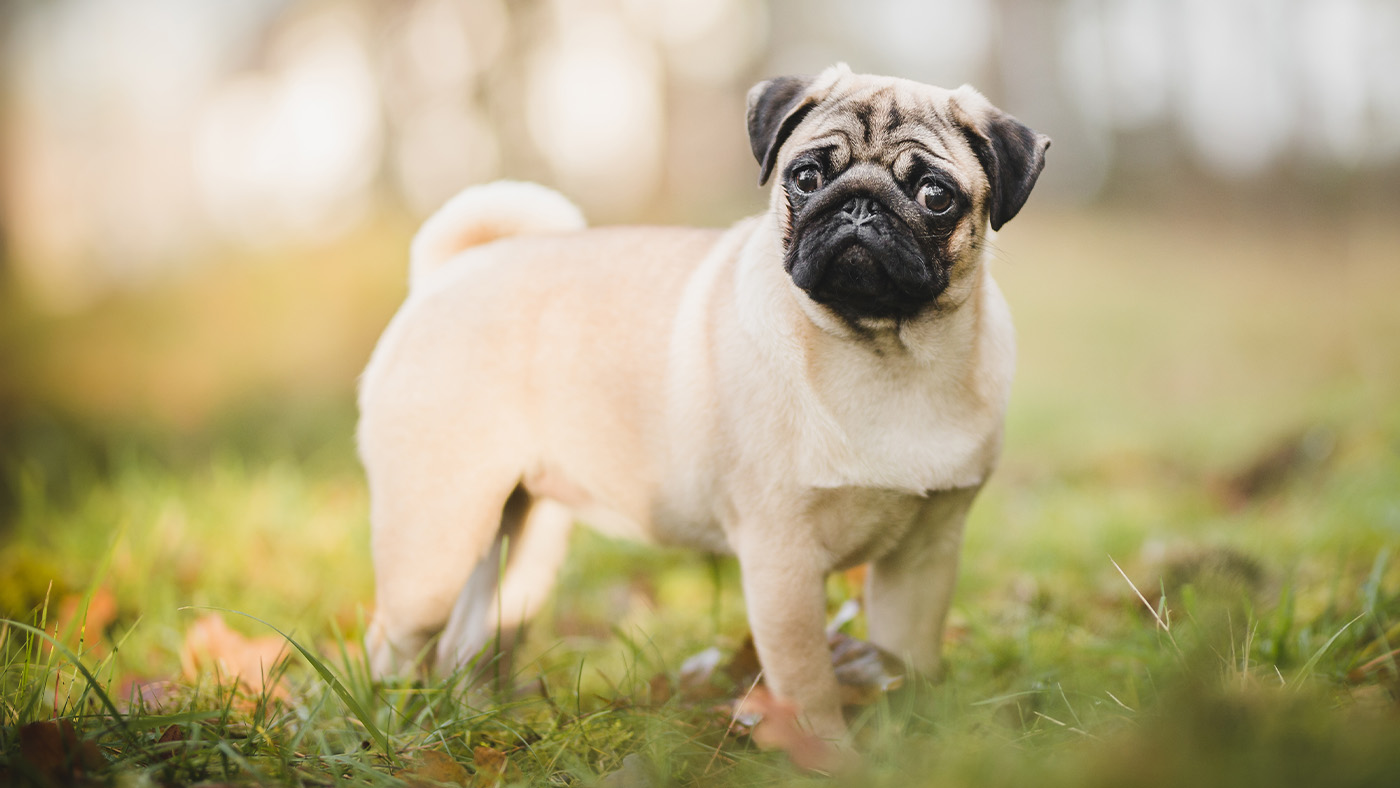
If you're looking for a chilled out, low prey drive dog you'd be hard pressed to beat the pug. One of their favourite pastimes is snoozing and they are so far from interested in chasing small animals the idea is actually almost laughable.
Bred as companion animals for Chinese Emperors, this ancient dog breed has a love of people bred into it. They love nothing more than attention, love and snuggles with their favourite humans.
With their short muzzle they don't cope well in heat, or with vigorous exercise so suit laidback homes in cooler climates.
If you're looking for an easier start as a new dog owner, opting for a dog breed with a low prey drive could be a smart decision. They can be more dependable in homes with other smaller animals, such as cats or rabbits. Plus their fundamentally adaptable nature means they are well suited to a range of households, including those with young children or based in the city.
Read next: Friendliest dog breeds
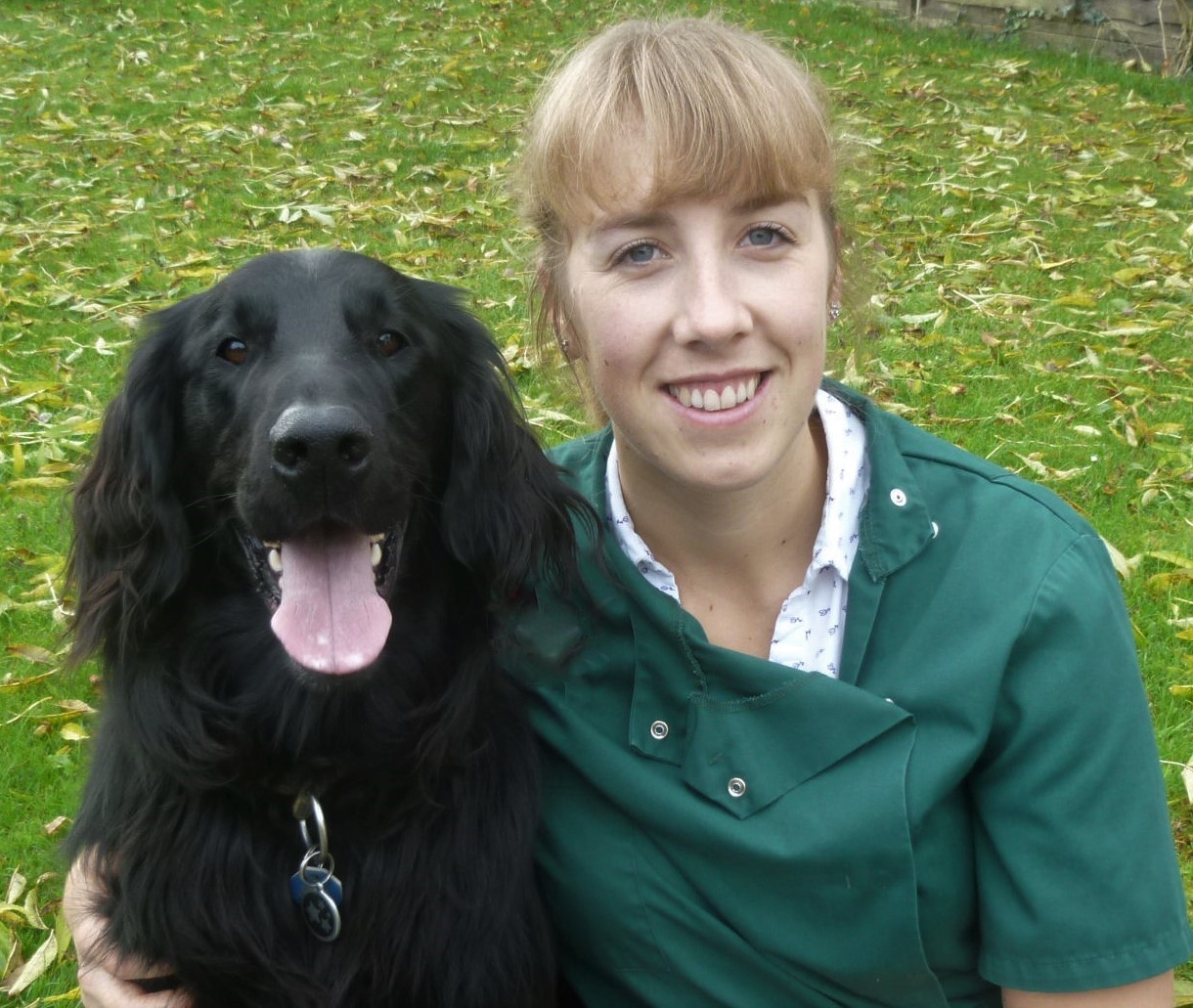
Rebecca is a veterinary surgeon who graduated in 2009 from the Royal Veterinary College in London. She has a wealth of experience in first opinion small animal practice, having done a mixture of day-to-day routine work, on-call emergency duties and managerial roles over the years. Rebecca enjoys medicine in particular and she is proud to have recently achieved a BSAVA postgraduate certificate in small animal medicine (with commendation).
She writes on various feline and canine topics, including behavior, nutrition, and health. Outside of work and writing she enjoys walking her own dog, spending time with her young family and baking!
Edited by Georgia Guerin.
This feature was last updated in August 2025 by Abby Driver.

Abby is a freelance writer and dog owner. She currently has two golden retrievers, Lowen and and Indy, but has previously had many other pets, including rabbits.
Abby has written for Metro, House Beautiful, Fit+Well, and more. Alongside this, Abby also volunteers at a local dog rescue centre, helping out with daily activities, such as walking, feeding and grooming.
